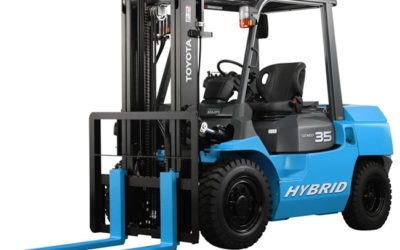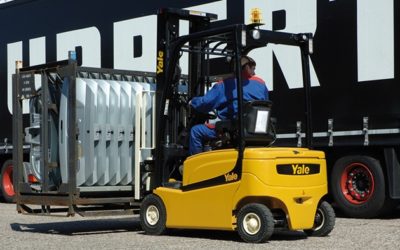Safety | Productivity | Efficiency | Cost
Warehouse Solutions
HCO specializes in optimizing your warehouse to be safer, more efficient, and ultimately less expensive.
Warehouse Efficiency
Workflow, layout, storage configurations, material handling equipment, facility maintenance and forklift maintenance all play a key role in warehouse solutions and distributions operations.
Forklift Fleet Solutions
A total assessment of your material handling vehicles to analyze the amount and type of your current equipment, maintenance program, and procurement plan in order to optimize the life cycle of your fleet.
Safety Assessments
Employees expect an optimally safe working environment. A review of your warehouse operations will determine if standard expectations are met related to design, training, and communication.
Get 30 Days Free Fleet Tracking
What HCO Does for you
Warehouse Layout Evaluation
Your warehouse has specialized needs to consider. HCO Innovations will help you properly utilize your available space to facilitate optimal efficiency.
Material Flow Evaluation
Warehouse Safety Evaluation
100+ point safety inspection to review liabilities, facility layout, vehicle management, signage, and onsite training. These are vital to mitigating risks.
Turnkey Maintenance Solutions
We’ll evaluate your existing forklift maintenance program for effectiveness and offer a turnkey program at a fixed monthly rate to eliminate variability.
Forklift Fleet Analysis
Extensive fleet review to analyze what forklifts are currently being utilized, the types and models, and the appropriate fleet size to save time and money.
Warehouse Network Optimization
How Does It Work?
It all starts with a ”boots on the ground” assessment focused on your specific area of concern/interest. We may also determine a full site evaluation is needed.
We evaluate your safety practices, equipment, workflow, layout, storage configuration, facility and forklift maintenance, and the economics of each component.
All engagements are conducted in a collaborative manner with client personnel. We will provide definitive actionable warehouse solutions along with an implementation plan.
Get Return On Your Investment
HCO Innovations continues to deliver warehouse solutions for our expanding client base every day. Our clients are mid to large market companies including distribution, manufacturing, food processing, and pharmaceuticals.
Our Clients operate facility sizes ranging from a single warehouse to a multinational global footprint. We consistently are able to provide our clients with cost savings exceeding 1000% the assessment fees charged.

Recent Posts
Analysis Series, Chapter 8: Emissions and Corporate Responsibility
Chapter 8: Emissions and Corporate Responsibility This section of this document discusses the Corporate Responsibility of the company to its employees. By converting from fossil fuel vehicles to electrics, the pollutants employees breathe are eliminated. While...
Analysis Series, Chapter 7: Electric Braking and Energy Regeneration
Chapter 7: Electric Braking and Energy Regeneration AC electric technology allows precise and aggressive electric braking in which mechanical friction from a physical brake is not used as the sole means of slowing or stopping the lift truck but in addition, it ‘pours’...
Analysis Series, Chapter 2: AC Technology Compared to Internal Combustion
Chapter 2: AC Technology Compared to Internal Combustion When compared to internal combustion systems, the performance of AC lift trucks in parameters such as acceleration, ability to negotiate a ramp, speed control on ramps, load-lift ability and braking are today...




